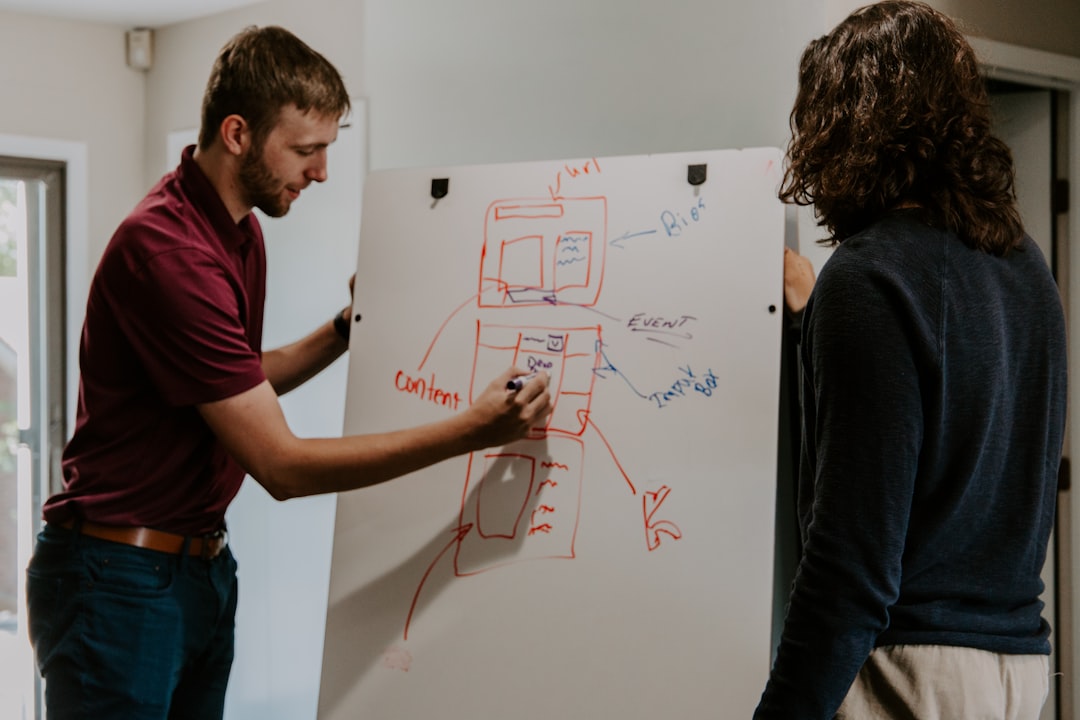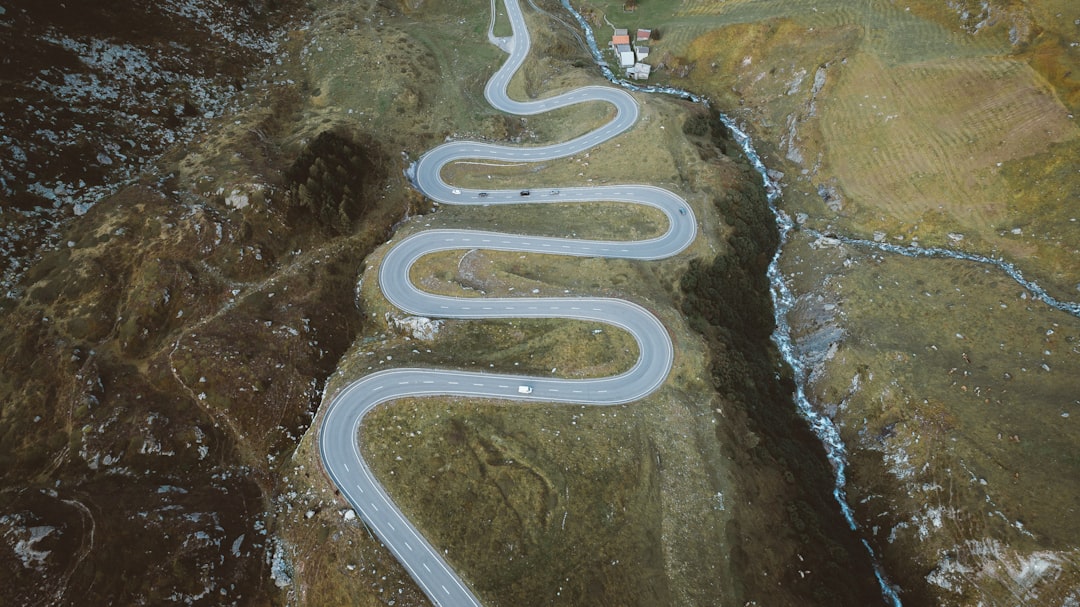What is it about?
A description of the state of the art in terms of use of 3D printing to create porous media proxies for use in experiments and in education. The physical models described may be used in pore scale experiments, in core flood experiments, or be analogues of reservoir systems scaled down for inspection in the classroom.
Featured Image

Photo by SIMON LEE on Unsplash
Why is it important?
The paper describes the current status for this emerging application of 3D printing for oil & gas sector research and education, and has pointers as to what may be possible in the future. A new dimension in upstream oil & gas research and teaching is opening up, and this paper captures the emerging vista.
Perspectives
We are going to see previously unimaginable things done with 3D printing in a whole host of fields, and petroleum research and education is no exception. This paper allows a little peek into what the future holds, and the scene that is unfolding is breath-taking! My co-authors are true visionaries - watch out for their names: I suspect we're going to see amazing things from them.
Eric Mackay
Heriot-Watt University
Read the Original
This page is a summary of: Three-dimensional printing for geoscience: Fundamental research, education, and applications for the petroleum industry, AAPG Bulletin, January 2018, American Association of Petroleum Geologists (AAPG),
DOI: 10.1306/0329171621117056.
You can read the full text:
Contributors
The following have contributed to this page










